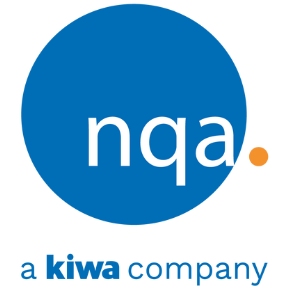IATF 16949: Automotive Quality Management Systems
What is IATF 16949?
IATF 16949:2016 is the International Standard for Automotive Quality Management Systems. IATF 16949 was jointly developed by The International Automotive Task Force (IATF) members and submitted to the International Organization for Standardization (ISO) for approval and publication.
The document is a common automotive quality system requirement based on ISO 9001, and customer specific requirements from the automotive sector.
IATF 16949 emphasizes the development of a process oriented quality management system that provides for continual improvement, defect prevention and reduction of variation and waste in the supply chain. The goal is to meet customer requirements efficiently and effectively.
Who are the IATF?
The IATF is a group of automotive manufacturers and their respective trade associations, formed to provide improved quality products to automotive customers worldwide.
All registered organizations are added to the IATF website of recognized organizations, a copy of their certificate information is contained within the site and can be verified at any stage. If you would like to verify an IATF 16949 certificate click here.
Who is it applicable to?
The standard is applicable to any organization that manufactures components, assemblies and parts for supply to the automotive industry. In this context manufacturing is defined as:
The process of making or fabricating production materials, production or service parts, assemblies or heat treatment, welding, painting, plating or other finishing services.
Helps you with
- Process efficiency & effectiveness
- Customer satisfaction
- Continual improvement
- Defect prevention
- Reduction of variation and waste in the supply chain
- Contract to supply
The IATF members:
- BMW Group
- FCA US LLC
- Daimler AG
- FCA Italy Spa
- Ford Motor Company
- General Motors Company
- PSA Group
- Renault
- Volkswagen AG and the vehicle manufacturers respective trade associations – AIAG (U.S.)
- ANFIA (Italy)
- FIEV (France)
- SMMT (U.K.)
- VDA QMC (Germany).
Benefits of IATF 16949 Certification
Customer satisfaction
Deliver products that consistently meet customer requirements and a service that is dependable and can be relied on.
Reduced operating costs
Continual improvement of processes and resulting operational efficiencies mean money saved.
Improved stakeholder relationships
Improve the perception of your organization with staff, customers and suppliers.
Proven business credentials
Independent verification against a globally recognized industry standard speaks volumes.
Ability to win more business
Procurement specifications often require certification as a condition to supply, so certification opens doors.
Global recognition as a reputable supplier
Certification is recognized internationally and accepted throughout industry supply chains, setting industry benchmarks for sourcing suppliers.
Consistent quality approach
Common approach in the supply chain for supplier or subcontractor development, driving consistency, competence and control.
Steps to Certification
-
Step 1
Complete a Quote Request Form so that we can understand your company and requirements. You can do this by completing either the online quick quote or the online formal quote request form. We will use this information to accurately define your scope of assessment and provide you with a proposal for certification.
-
Step 2
Once you’ve agreed to your proposal, we will contact you to book your assessment with an NQA Auditor. This assessment consists of two mandatory visits that form the Initial Certification Audit. Please note that you must be able to demonstrate that your management system has been fully operational for a minimum of three months and has been subject to a management review and full cycle of internal audits.
-
Step 3
Following a successful two stage audit, a certification decision is made and if positive, then certification to the required standard is issued by NQA. You will receive both a hard and soft copy of the certificate. Certification is valid for three years and is maintained through a program of annual surveillance audits and a three yearly recertification audit.



